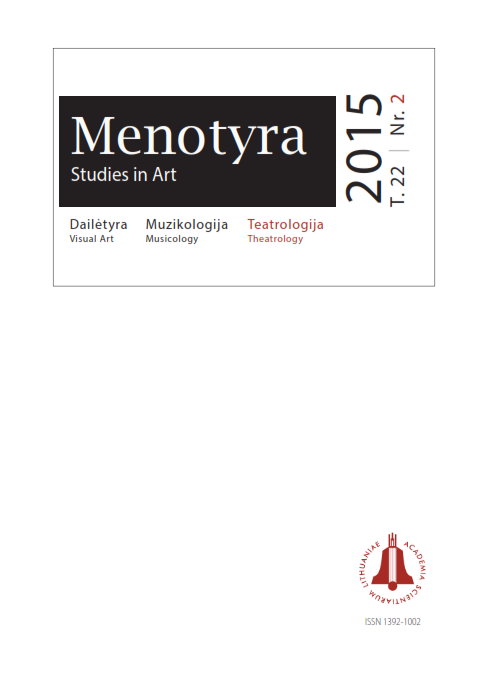Ideologija ir XX a. Lietuvos baleto raida
Ideolog y and the development of Lithuanian ballet in the 20th century
Author(s): Helmutas ŠabasevičiusSubject(s): Politics / Political Sciences, Theatre, Dance, Performing Arts, Fine Arts / Performing Arts, Recent History (1900 till today)
Published by: Lietuvos mokslų akademijos leidykla
Keywords: ballet; choreography; policy; ideology;
Summary/Abstract: For a long time ballet was considered a representative form of art, but in the beginning of the 20th century it acquired some aspects of social and political propaganda. This approach was characteristic of the cultural policy of the Soviet Union and was partly transported to Lithuanian ballet (production “Lithuanian Rhapsody” by Jurgis Karnavičius, choreographed by Pavel Petrov and presented on the 10th anniversary of the Lithuanian Independence Day was one of the attempts to shape Lithuanian national identity). Connections between ballet and Soviet ideology started to develop with the help of “drama-ballet”: Bronius Kelbauskas choreographed ballets of Boris Asafjev “The Fount of Bakhchisaray” and “The Captive of Caucasus” and later “A Red Poppy” by Reingold Glier. These principles were used in his first big-scale production “The Betrothed” by Juozas Pakalnis, stressing the social element in the plot of the performance. When Lithuania was incorporated into the Soviet Union, ballet got some aspects of Soviet ideolog y, which was reflected in several performances produced in Lithuania: struggle between socialism and capi- talism (“Svetlana” by Dmitry Klebanov), fight of classes (“Laurencia” by Alexander Krein, “On the Seashore” by Julius Juzeliūnas), international friendship (“Svetlana”, “On the Seashore”), colonialism (“Rigonda” by Romuald Grinblat), racism (“Fading Cross” by Antanas Rekašius), cold war (“Coast of Hope” by Andrei Petrov), Soviet victory in the Second World War (“Alive Forever” by Antanas Rekašius).
Journal: Menotyra
- Issue Year: 22/2015
- Issue No: 2
- Page Range: 177-188
- Page Count: 12
- Language: Lithuanian

